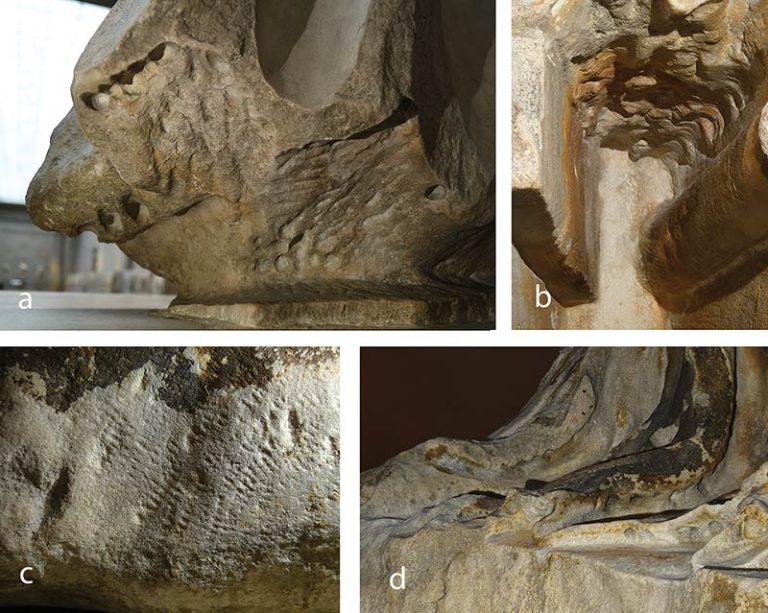The Louvre already has the most important collection in the world of still lifes by Jean Siméon Chardin (1699-1779), comprising forty-one works. But “it’s not another Chardin”, explains Laurence des Cars, president and director of the museum, during the launch of the 14th crowdfunding campaign “All patrons! “. “It’s the missing Chardin!” » The luxury group, LVMH, has already committed to financing two thirds of the necessary amount, or around 15 million euros out of the 24.4 million euros requested by the buyer.
The Wild Strawberry Basket is a still life created by Chardin in 1761, at the height of his career. It represents a pyramid of red fruits in a wicker basket, accompanied by a glass, white carnations, two cherries and a peach. Exhibited for the first time at the Salon Carré du Louvre in 1761, the painting then belonged to the same private French collection, that of the descendants of the great collector Eudoxe Marcille (1814-1890), since the mid-19th century.
The Louvre has dreamed of acquiring this masterpiece for decades; but when it was put up for auction at Artcurial in March 2022, the Parisian museum was taken by surprise. Of indisputable authenticity and presenting an exceptional state of conservation, the painting was sold for 24.4 million euros to the Kimbell Art Museum, located in Fort Wirth, Texas, preventing the Louvre from exercising its right of pre-emption in due to its acquisition budget limited to 13 million euros per year. The Ministry of Culture then suspended the sale and blocked the export of the painting by awarding it the label of “national treasure”.
The State has thirty months to raise the sum. To achieve this, the Louvre launched a public subscription on Tuesday, November 7 as part of its annual “All patrons!” “. The objective: to collect 1.3 million euros thanks to donations from the public, to supplement the 15 million provided by LVMH. A donation of 500,000 euros from the Société des Amis du Louvre, as well as the support of two other French companies who wished to remain anonymous, also reduced the amount of the national subscription. Companies benefit from a 90% tax exemption on their donations.
Since its first edition in 2010, the “All patrons!” » has made it possible to restore and acquire numerous major works of art. For example, it made possible entry into the collections of the museum of Three Graces (1531) by Lucas Cranach the Elder and the restoration of the Victory of Samothracea sculpture dating from 190 BC.







